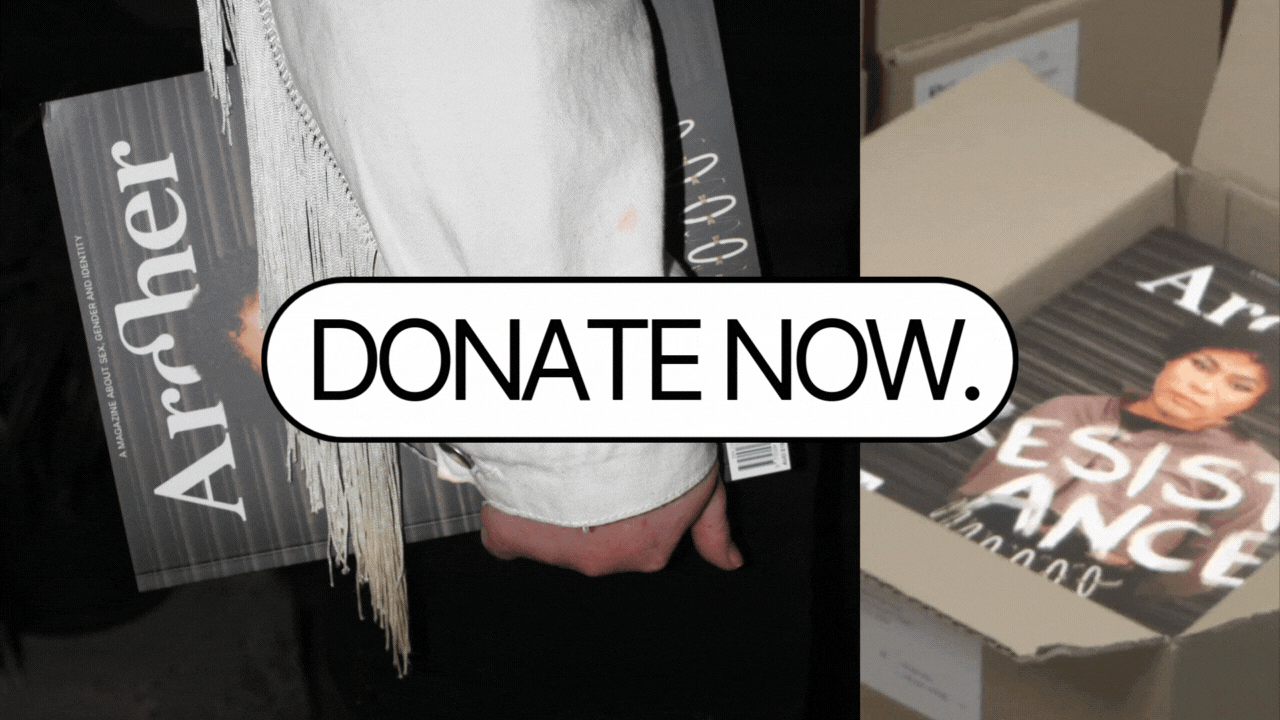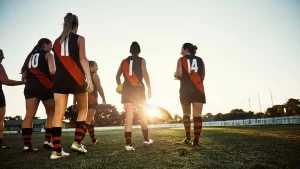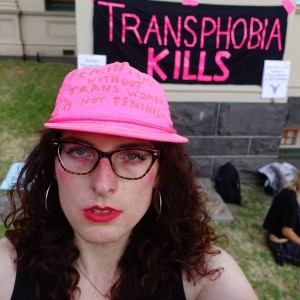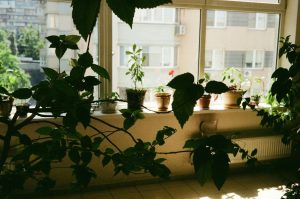Romanticising women’s pain: On suffering, gender essentialism and TERFs
By: Jaya Kortegast

Content note: This article discusses reproductive pain, childbirth, gender-based violence, abortion, sexual assault, TERFs and transphobia.
Growing up, I was grateful for the ways I had yet to feel pain.
On the cusp of adolescence, school recesses became dedicated to preparation for what was to come. My friend and I kept a tight routine. We’d escape to the back fence, sit cross-legged, weed the patchy turf, and discuss logistics for the war rumoured to bloom over the summer: puberty.
We were clued in, aware of the changing tides – and that knowingness, however small, was a curse. We feared the monthly bleed and the demands of sex, both physically (the stretching, popping, breaking) and spiritually (the avoiding, fawning, faking).
Ageing into adulthood – more specifically, becoming a woman – felt like we were entering the gates of a slaughterhouse.
Image by: Annie Spratt
One day, a few years older and inches taller, I found myself in the kitchen of a new friend with a blossoming adoration for her mother. I liked her bohemian irreverence, her worldliness and her drive; she was kind but not sappy, approachable but never meek. To me, she seemed the ideal ‘modern woman’.
That was, until she shared a shocking revelation – that her childbirth experience had been pain-free.
How laughable, I thought. How oxymoronic. How… traitorous!
So, I objected. At 13, with thankfully no pregnancies or babies under my belt, I argued against someone’s lived experience. I was offended by this testimony of life brought forward ecstatically and not in agony. The only script I knew of birth was one of (horrifyingly named) husband stitches and potential death – and this threat felt visceral and inevitable.
As I understood it, pain – especially sex-specific pain – was unavoidable for someone like me. As a cis woman, I assumed my life would be a cycle of bleeding, suffering, and cleaning up the mess. I’d spend half my life with an arched back and the other doubled over in pain, punching at my innards, wishing for my burdensome womb to evaporate away.
But did it really have to be that way?
“Women are born with pain built-in,” writes Phoebe Waller-Bridge in her hit series Fleabag, whose titular character has become something of a feminist patron saint in recent years.
This rhetoric has become par for the course in online feminist discourse, with seldom any resistance. It has even been aestheticised and converted to a subsect of social media content. Countless TikTok accounts and Instagram meme pages reflect the message – that womanhood is a burden wrapped in ribbons.
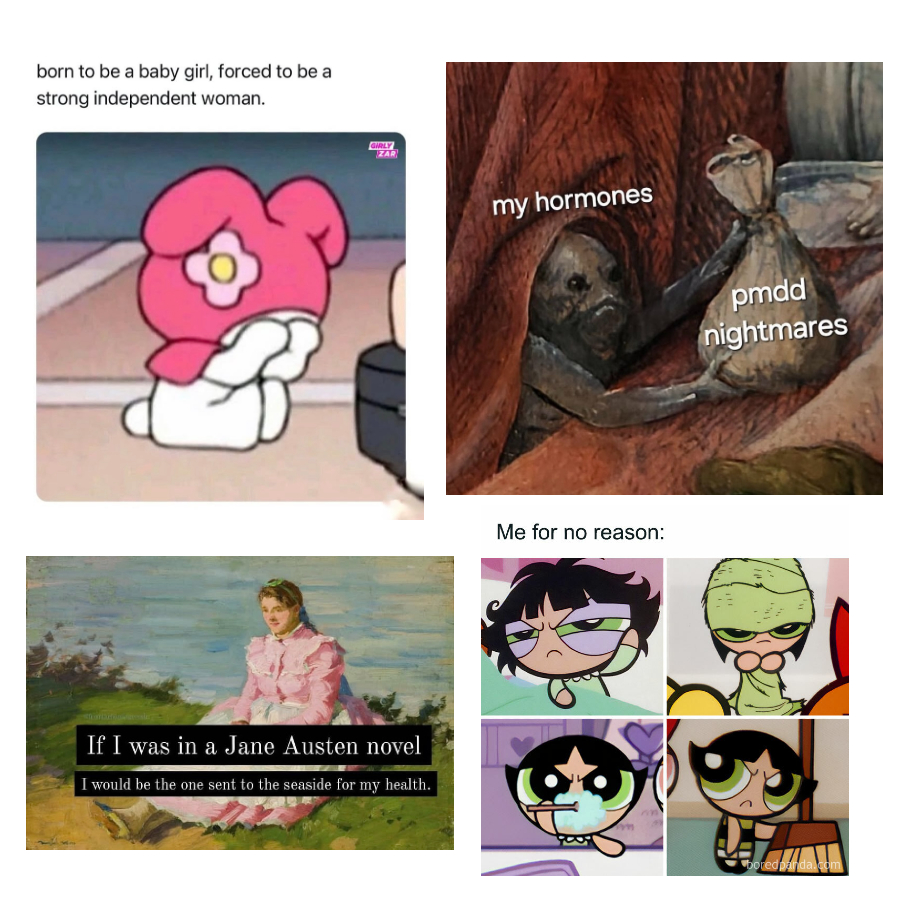
Example: A selection of popular memes from social media, found under categories such as #GirlMemes.
Within these online spaces, signifiers of the Girl – images of lace, luxury skincare stored in disarray, pouting faces, emaciated bodies, and the pastel cinema of Sofia Coppola – are contrasted with signifiers of the Woman – audios of screaming, lyrics of mental anguish, and feminist quotes about female subjugation.
It would seem, that in arguing for women’s pain to be recognised and addressed, there’s been a mistranslation – that womanhood is suffering.
It makes sense to me that this perspective would have particular resonance in feminist spaces: in a world so quick to deny the existence or legitimacy of women’s suffering, centring it as a defining feature of our identity feels like a reclamation against its historically systematic erasure.
Furthermore, under patriarchy, our bodies become tools weaponised against us – from control over reproductive rights, to the threat of male violence, we are never allowed to forget the ills of our existence.
However, a rarely acknowledged issue with this feminist-inclined over-identification with pain is that it often concludes a rather gender-essentialist understanding of womanhood – reducing people to their anatomy.
After all, reproductive pain isn’t unique to women only, nor is it an indicator or benchmark of someone’s gender. Mainstream conversations around women’s pain rarely acknowledge this, with some even going as far to grow into outright bigotry – namely, TERFdom.
TERFs (Trans-Exclusionary Radical Feminists) argue, as their name would suggest, against the validity of transgender women’s experiences of womanhood. However, their vitriol generally extends to all trans and gender non-conforming people.
Essentially, TERFs – also known as “gender critical feminists” – are transphobes who hide their bigotry behind faux-advocacy for women’s rights.
Despite the self-describing “radical” component, TERFs are antithetical to anything radical. Their politics are inherently reactionary, with an emphasis on binary gender essentialism. This revolves around cis-centric gendered assumptions, especially relating to the function of someone’s biological makeup – for instance, the notion that cis women are natural ‘caretakers’.
Feminism has long fought against gender essentialism, aiming to divorce our worth from patriarchal views. And yet, TERFs regress to back into this binary.
While much ‘gender critical’ rhetoric boils down to blatant and uncreative transphobia, TERFs often justify their views by citing traumas and fears that have very little to do with the existence of trans people. Their rage against misogyny gets misdirected into vitriol against the trans community, especially trans-feminine people.
TERF rhetoric often follows a formula: The fear you feel walking alone at night? The medical trauma you carry in your body, from years of misuse mistreatment and neglect at the hands of professionals? Shift your focus from the causes of these issues – the nebulous, intangible forces of systemic misogyny – and instead funnel these frustrations onto those you deem have not suffered enough for the cause, those who were supposedly not “born with pain built-in”. (Ignore, of course, that trans people are statistically more likely to experience violent victimisation).
I say this as someone who understands the very real and devastating effects patriarchy has on an individual scale; in fact, I say this as someone whose experiences with gender-based trauma, such as sexual assault and medical mistreatment, have been defining influences on my life.
When I envision womanhood, I do not want to see a silhouette towered over. I do not want to imagine a life cowering in shadows. Womanhood – as with all experiences of gender – can be an expansive, creative experience, rather than a punishment dealt by an invisible hand.
There is nothing revolutionary about equating womanhood to pain. In doing so, we slip into a regressive gender binary that I believe normalises women’s suffering, cementing it as a biological inevitability. This narrative also fails to capture the experiences of trans and gender diverse people, who are often left out of conversations about pain, sexual health and reproductive rights altogether.
The abortion I undertook at 20 didn’t have to be the isolating and traumatising experience it was. And yet, social stigma, misogyny, and inefficient healthcare channels proved to be fertile conditions for shame and pain to flourish.
As an adult, I realise that many women have been conditioned to accept our pain – physical, emotional and spiritual – and to view it as nature’s deal of cards. This stops us from fighting for better: better healthcare, better research, and better treatment at the hands of men.
The prevalence of sexual violence against women isn’t due to a biological imperative in men, as gender essentialist views conclude – but to the socialisation of male entitlement rampant within our culture.
Assuming an inherent violent instinct in men both erases the culpability of an individual’s actions and refuses to examine the role gendered violence plays in society. As I see it, gendered violence is a physical manifestation of patriarchy, and patriarchy shouldn’t be our assumed destiny.
The oversimplified and incorrect argument that biology is behind aggressive behaviour also works to demonise or exclude all trans and gender diverse people – conveniently enabling TERF rhetoric to proliferate.
Despite archaic, snide stereotypes, feminism does not come from a bitter imposition. Its ideology is not one of resignation, but of determination and hope to improve upon things formerly decided as unavoidable.
Romanticising uniquely ‘feminine’ ways of suffering does nothing but plaster a Hello Kitty bandaid over a bruise, offering the comfort of a hollow identity and, ultimately, complacency against the fight for liberation.
I do not want the essence of womanhood equated with a capacity to suffer. Pain doesn’t have to be our destiny – the worst we endure doesn’t hold flame to the best yet to come.
If this story has brought up any issues that you want to talk about, please reach out for support:
- QLife is the national LGBTIQ peer-support telephone service for people wanting to talk about issues including sexuality, identity, gender, bodies, feelings or relationships.
- Say It Out Loud has a list of the LGBTIQ community-controlled services for each Australian state/territory. The organisation encourages LGBTIQ+ communities to have healthy relationships, get help for unhealthy relationships, and support their friends.
- If you or someone you know is in crisis, call Lifeline on 13 11 14.


